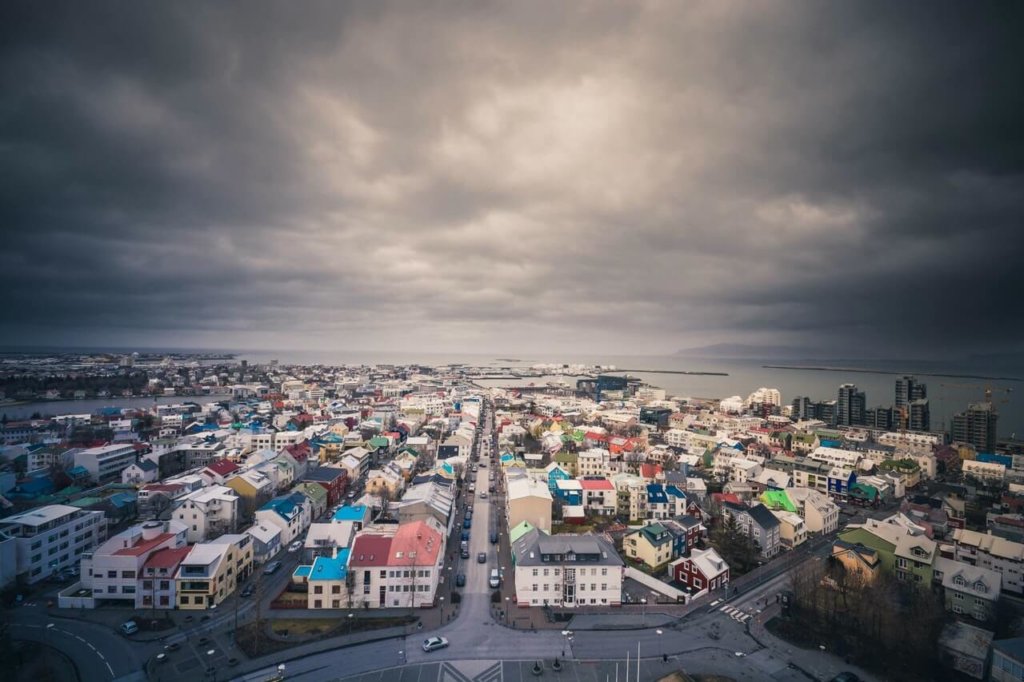In July, Greece became the first developed country to default on the International Monetary Fund when it missed its $1.7 billion debt payment. European leaders are now scrambling to come up with a solution after Greece’s historic 61 per cent “No” vote against budget reform proposals made by its creditors which include the IMF. Although the Greek crisis seems dire with the fate of the euro and Eurozone in question, countries have been defaulting and going bankrupt throughout history ever since Spain became the first sovereign nation to declare bankruptcy in 1557.
In this list, we have compiled four countries that have gone bankrupt but lived to tell the tale.
Iceland
Year: 2008
Debt: $85 billion
Following the deregulation of Iceland’s banking system in 2001, its top banks took on massive debt to finance various expansions and engaged in easy monetary policies. When the global credit market dried up following the crash in the U.S. financial sector, Iceland’s banks suddenly found itself unable to finance their debt.
The banking bubble had grown so large that by 2008, the banking system had debt that was equal to 10 times Iceland’s GDP. As the three largest banks fell apart in what was the biggest systematic banking collapse in history, the country fell into a depression, and its economy contracted 10 per cent over the next two years.
Interestingly, Iceland has made a solid recovery since the crisis, with unemployment holding steady at 4 per cent, and by 2014, its economy was 1 per cent bigger than it was before 2008.
Argentina
Year: 2001
Debt: $145 billion
Though the Argentinian economy outperformed that of most other Latin American countries throughout the 1990s, its policy of pegging the peso to the U.S. Dollar, out of control public debt, and rampant corruption left the country unable to deal with a number of economic shocks.
By 2001, unemployment was more than 20 per cent, and Argentina declared the biggest debt default in history when it missed more than $100 billion in owed payments.
The resulting riots and political instability resulted in the country burning through five presidents in two weeks and saw President Fernando de la Rua fleeing the nation via helicopter.
Russia
Year: 1998
Debt: $17 billion
In the late 1990s, the effects of the Asian financial crisis and falling demand for oil began putting pressure on the Russian economy that had incurred tremendous international debt and was suffering from declining national productivity.
The resulting Ruble Crisis of 1998 saw the Russian stock market losing 75 per cent of its value and inflation reaching 80 per cent as investors fled the market.
Russia would only be able to pay back less than $10 billion of its $17 billion debt to the International Monetary Fund, and the Russian economy contracted 5.3 per cent in 1998 as unemployment reached 13 per cent.
Mexico
Year: 1982
Debt: $80 billion
In the 1970s, Mexico experienced a period of macroeconomic stability and growth. However, the public debt grew at a rapid pace due to the Luis Echeverria administration’s massive fiscal expansion programs.
Following the oil shock of the late 1970s and worsening economic conditions, the Mexican peso depreciated 50 per cent, but the government was still unable to service its debts, causing Mexico to default on its U.S. and IMF loans.
Over the next five years, Mexico’s GDP fell 11 per cent and kicked off the Latin American Debt Crisis, which saw countries throughout the region unable to service their foreign debt, forcing the IMF to provide loans in exchange for hugely unpopular reforms.

